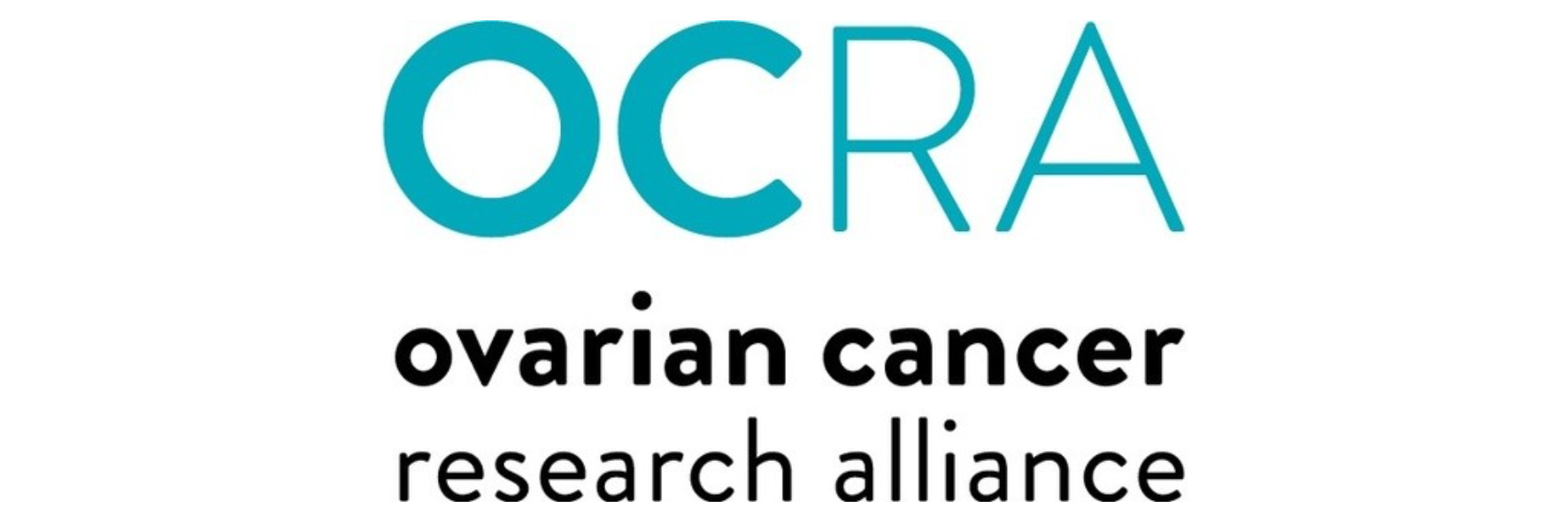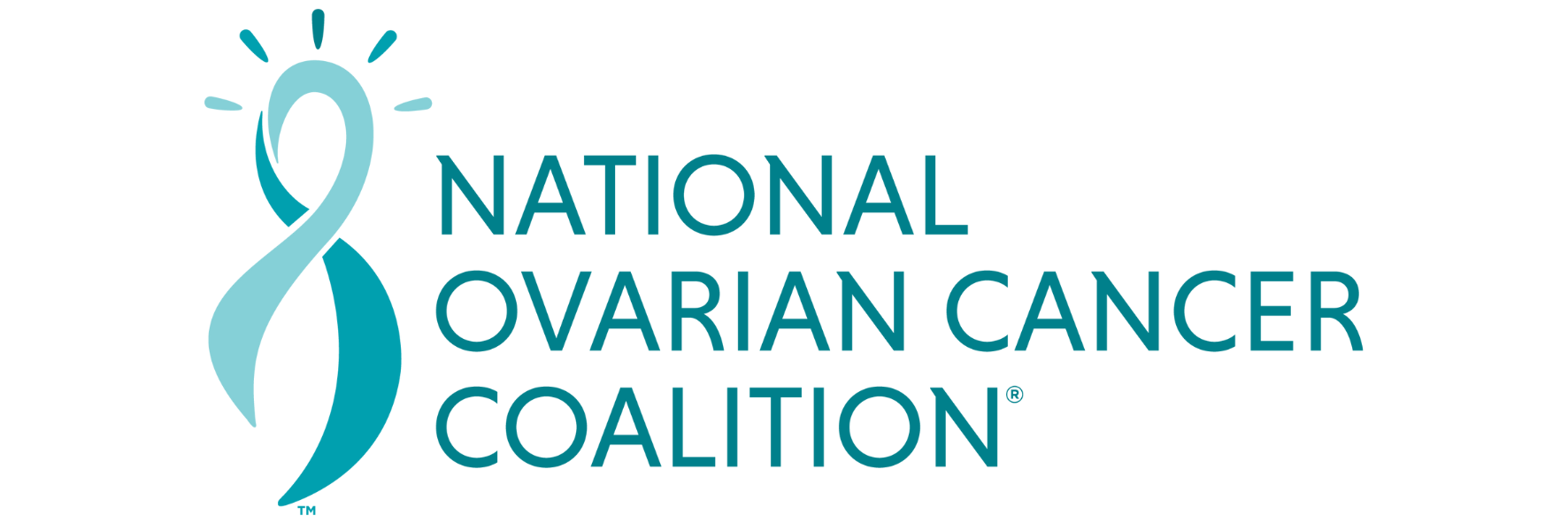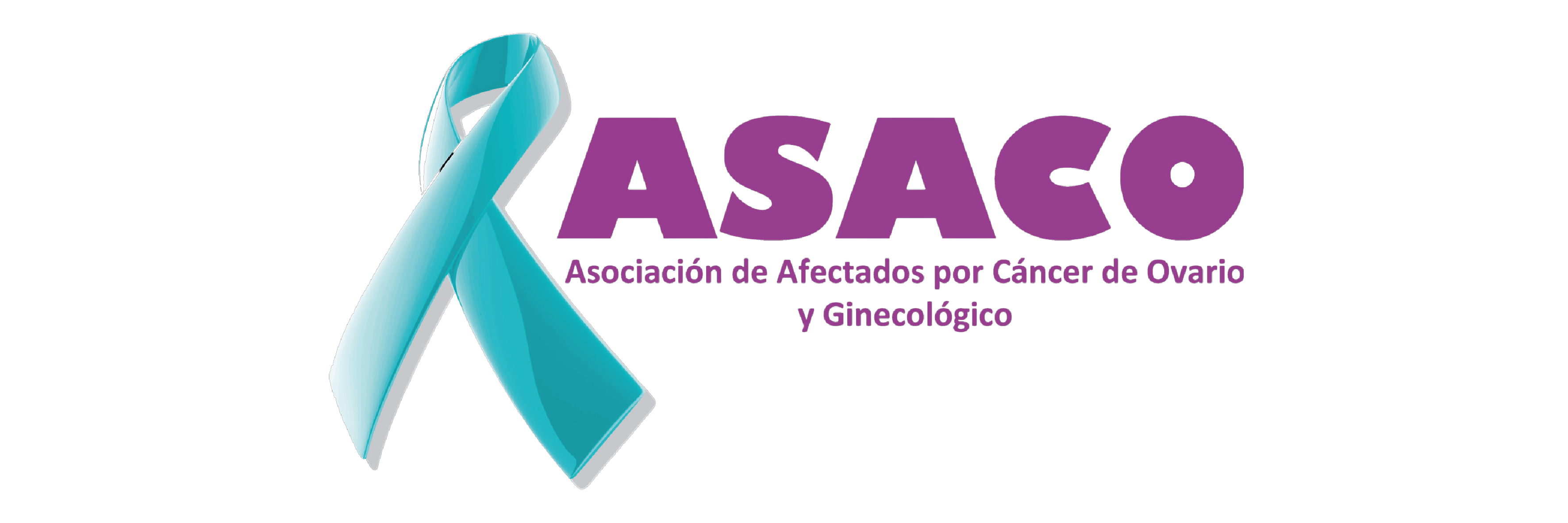The Ovarian Cancer Research Alliance (OCRA)
Although their main focus is on epithelial ovarian cancer, OCRA has also funded research and provided resources for other types of ovarian cancer, including rare tumors.
* Please refer to the registries webpage (SCCOHT-SMARCA4 Registry & Biobank and SCSTs registry and biobank) for dedicated articles on each tumor type.

The Ovarian Cancer Research Alliance (OCRA)
Although their main focus is on epithelial ovarian cancer, OCRA has also funded research and provided resources for other types of ovarian cancer, including rare tumors.

The Clearity Foundation is a non-profit organization that offers counseling and genetic testing services for women with any type of ovarian cancer, including rare tumors.

National Ovarian Cancer Coalition (NOCC)
While their main focus is on epithelial ovarian cancer, NOCC has also provided resources and support for other types of ovarian cancer, including rare tumors.

World Ovarian Cancer Coalition (WOCC).
The World Ovarian Cancer Coalition is a network of organizations from around the world working together to improve survival and quality of lifefor women with ovarian cancer. While their main focus is on ovarian cancer in general, they have also worked to raise awareness and research about rare types of ovarian cancer.

European Network of Gynaecological Cancer.
The European Society of Gynaecological Oncology (ESGO) advances treatment, care and research of gynaecological cancers and offers members and non-members a variety of ways to advance their professional development.

Asociación de Afectados por Cáncer de Ovario – ASACO
ASACO is made up of women affected by ovarian and gynecological cancer as well as their family members or caregivers, health professionals and collaborators who are involved in medical and psychological treatments.
Peer Support:
You don’t have to be alone during this difficult phase. Even if you don’t know other patients around you, you can join online communities:
Well-being resources:
Clinical trial videos:
Tumors or cancers that are not limited to a specific type or location in the body. They can occur in various tissues and have different genetic characteristics.
A procedure in which a patient’s healthy stem cells (blood-forming cells) are collected from the blood or bone marrow before treatment, stored, and then given back to the patient after treatment. An autologous stem cell transplant replaces a patient’s stem cells that were destroyed by treatment with radiation or high doses of chemotherapy.
The use of two or more chemotherapy drugs.
The use of two or more modalities of treatment – surgery, radiotherapy, chemotherapy, or immunotherapy- in combination. Alternately or together, to achieve optimal results against cancer.
The use of an unauthorized medicine outside of a clinical study in individual patients, under strictly controlled conditions, aims to provide access to medications still under development for patients.
The study of all the genes in a person (the genome) and how they interact with each other and with the environment. It’s like looking at the instruction manual for a living thing to understand how it works.
Medical treatments that involve changing or adding genes to treat or prevent diseases. This can involve replacing a faulty gene with a healthy one, adding a new gene to help the body fight disease, or turning off a harmful gene.
The process in which patients learn about and understand the purpose and aspects of clinical a trial and then decide voluntarily whether to participate. The process includes a document describing what patients must know about the potential benefits and risks of participation in the project before being able to agree to undergo it knowledgably. Informed consent is required in all studies. If a patient signs an informed consent form and enters in the study, they are still free to leave it at any time.
New and creative ways of treating diseases or medical conditions that may be different from traditional methods.
A drug allowed to be used in clinical trials but not yet approved for commercial marketing.
Any treatment that is given for cancer (like chemotherapy, radiotherapy) before the main treatment, usually surgery, with the goal of making the main treatment more likely to be successful.
A high-tech method used to analyze DNA, which can read large amounts of genetic information quickly and accurately. It’s like fast-forwarding from older methods of reading DNA to a more advanced and efficient way.
It means that, after treatment, doctors can no longer find signs of cancer in the body using the tests available. It doesn’t necessarily mean the cancer is completely gone, but that it is not detectable at this time.
Refers to the practice of prescribing a medicine for a different purpose than what was approved.
An interdisciplinary medical caregiving approach aimed at optimizing quality of life and mitigating suffering among people with a serious, complex and sometimes terminal illnesses.
Any anticancer treatment (like chemotherapy, hormone therapy, radiotherapy, target therapy, immunotherapy) given for advanced and incurable diseases. The goals are improving surviving and quality of life, in many cases treating advances cancer as a chronic disease.
Patient-derived experimental models are essentially tools used in medical research that involve taking cells or tissues from patients and growing them in a laboratory setting. These models allow scientists to study diseases and test potential treatments in a way that closely mimics how the disease behaves in the human body. Essentially, it’s like creating a miniature, lab-based version of a patient’s illness, allowing researchers to experiment with various treatments to determine the most effective options. By using these models, researchers can gain more accurate insights into disease mechanisms and develop personalized therapies tailored to individual patients.
Tumor tissue that has been taken from a patient and implanted into mice for research purposes. Cancer drugs and other types of treatment may be tested on xenografts to see how well they work before they are given to the patient. Patient-derived xenografts may be used to help plan treatment and learn what the best treatment may be for a patient. They are also being used in the development of new cancer drugs. Also called PDX.
An increase in tumor size or the emergence of metastasis. Nevertheless, it is crucial to distinguish true tumor growth from pseudo-growth, which can be induced by certain immunotherapy drugs.
Rare non-epithelial ovarian tumors refer to uncommon types of growths that develop in the ovaries but are not made up of the typical tissue found in the outer layer of the ovaries (epithelial tissue).
A decrease in the size of a tumor or in the extent of cancer in the body.
Any unwanted event may be related to the use of a drug or a treatment, it can be any unfavorable and unintended sign, symptom, or disease associated with the use of a drug or a treatment (surgery, radiation therapy) whether related to them or not.
